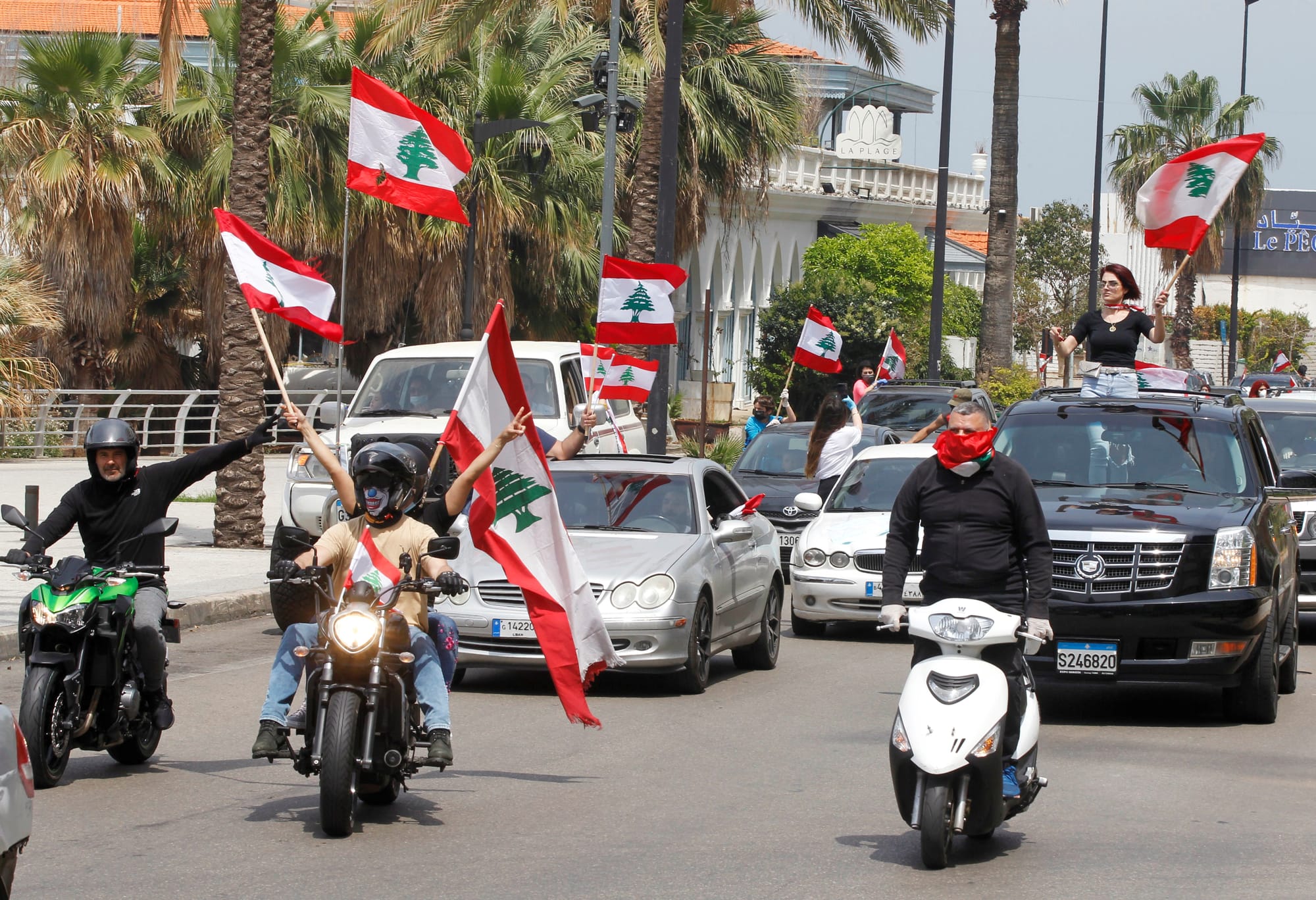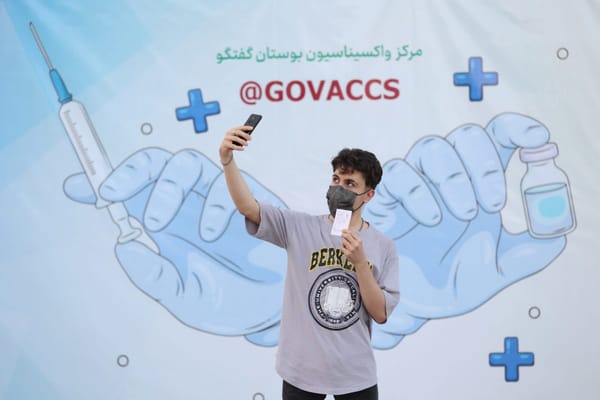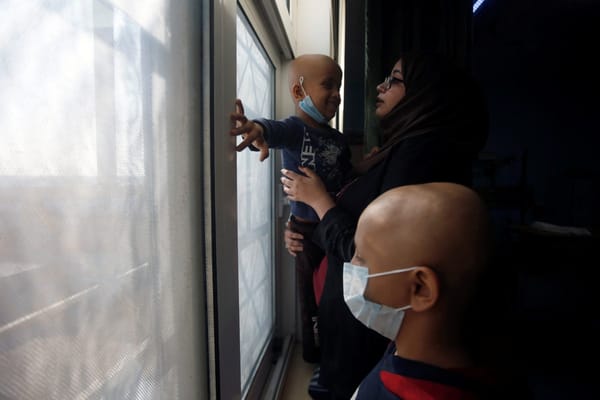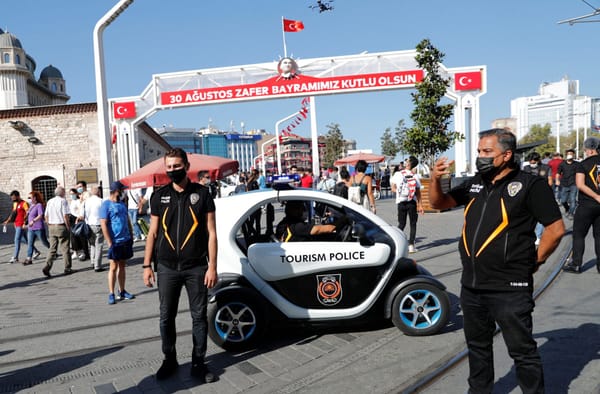The Challenges of a Public Health Approach to COVID-19 Amid Crises in Lebanon
Lebanon's highly privatized system of health care is presenting challenges to implementing a public health approach to the COVID-19 pandemic. With the country already suffering from multiple political and economic crises, containment of the coronavirus has been more effective than expected. But seri











